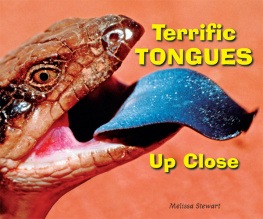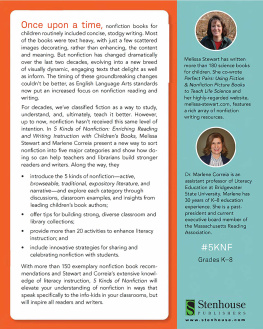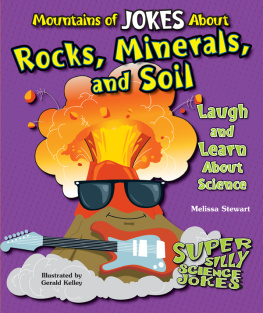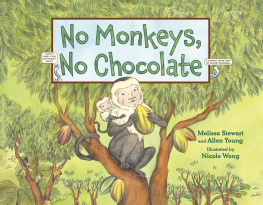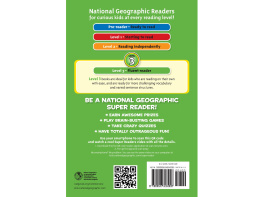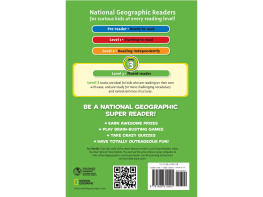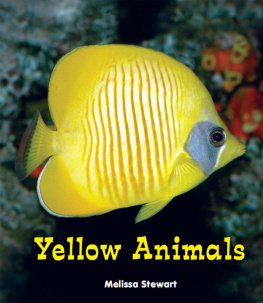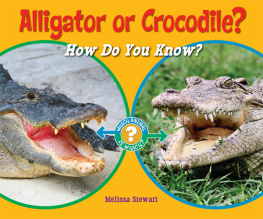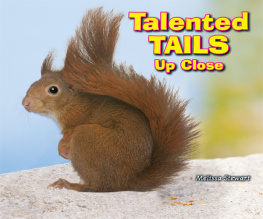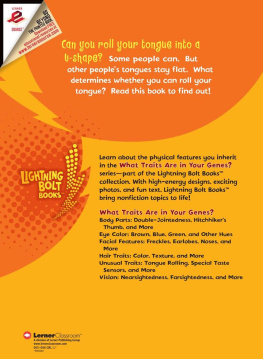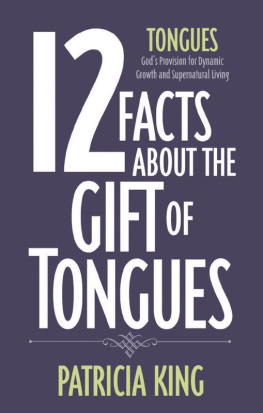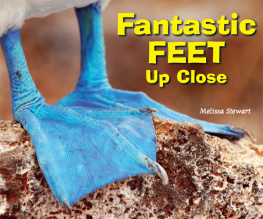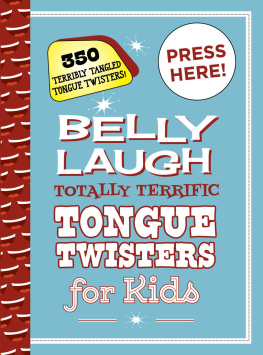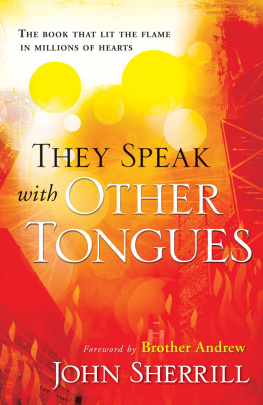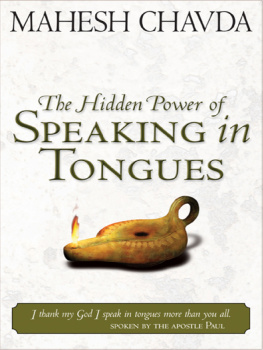What a Strange Tongue You Have!
Did you know that an alligator snapping turtle uses its tongue to get food? Or that a cow uses its tongue to clean its nose? Learn all about how animals use their tongues to get food, scare enemies, and more!
"Readers of all agesbut especially early readers will find these fact-filled books fascinating!"
Allan A. De Fina, PhD, Series Literacy Consultant
Dean, College of Education
Professor of Literacy Education
New Jersey City University
Past President of the New Jersey Reading Association
"From the end of the nose to the tip of the tail and many stops in between, this series introduces young readers to a variety of interesting details among a diversity of organisms."
Helen Hess, PhD, Science Consultant
Professor of Biology
College of the Atlantic
Bar Harbor, Maine
About the Author
Trained as both a scientist and journalist, Melissa Stewart is the award-winning author of more than 100 books for young readers. While gathering information for her books, Melissa has explored tropical forests in Costa Rica, gone on safari in Kenya and Tanzania, and swum with sea lions in the Galpagos Islands.


Image Credit: Photo Researchers, Inc. Gary Meszaros
prey (PRAY)An animal that is hunted by another animal.

Image Credit: John Mitchell
sensor (SEN sur)A tiny body part that detects sights, sounds, smells, tastes, or touches and sends messages to the brain.

Image Credit: George Grall/National Geographic Stock
Animals use their tongues in all kinds of ways. Take a look at this turtles tongue! It looks just like a small, pink worm. And it wiggles like a worm, too.
When a hungry fish swims toward the tricky tongue, SNAP! The turtle gets a tasty meal.

Image Credit: Lockwood, C.C./Animals Animals - Earth Scenes

Image Credit: Peter Arnold Images
Not all frogs have tongues, but a green frog does. Its tongue can strike faster than you can blink your eyes. A green frogs tongue is attached at the front of its mouth. That makes it easy to flip the tongue out, snatch some prey, and then curl the tongue back in.

Image Credit: Stephen Dalton

Image Credit: Ardea/Watson, M./Animals Animals - Earth Scenes
This birds tongue is too long to fit in its mouth. It wraps around the birds brain. The tongue protects the brain when the bird drills holes in trees. The long tongue is perfect for catching bugs that live deep inside trees.

Image Credit: Thomas Hays

Image Credit: Shutterstock.com
Can you guess what this lizard does when it feels scared? It opens its mouth and sticks out its tongue. That scares off most enemies.

Image Credit: Minden Pictures: Mitsuaki Iwago

Image Credit: John Mitchell
A snake flicks its tongue in and out. The tongue picks up tiny bits in the air. Then the snake brushes the bits against two holes on the top of its mouth. The holes are full of sensors that help the snake smell and taste.

Image Credit: Steve Byland/Dreamstime.com

Image Credit: Photolibrary: Bios
This birds tongue is covered with spikes. They point back toward its throat. The spikes stop fish from sliding out of the birds mouth.

Image Credit: Peter Arnold Images

Image Credit: Shutterstock.com
A cows tongue is long enough to wash out her nose. She swallows all the dirt, grime, and slippery slime. Yum!

Image Credit: Shutterstock.com

Image Credit: 2011 Photos.com, a division of Getty Images
You are an animal too. And you have a tongue. You use it to taste food. It also helps you eat and talk. You might even stick out your tongue when someone is mean to you.

Image Credit: 2011 Photos.com, a division of Getty Images
Match the answer to the question. Each answer is used only once. Look at the pictures for clues. Write your answers on a piece of paper.
| 1. A gecko can use its tongue to... | A. shoot down prey with a stream of water
B. clean its eyes
C. cool its body on hot days
D. comb and smooth out its fur |
| 2. A dog can use its tongue to... | A. shoot down prey with a stream of water
B. clean its eyes
C. cool its body on hot days
D. comb and smooth out its fur |
| 3. An archerfish can use its tongue to... | A. shoot down prey with a stream of water
B. clean its eyes
C. cool its body on hot days
D. comb and smooth out its fur |

